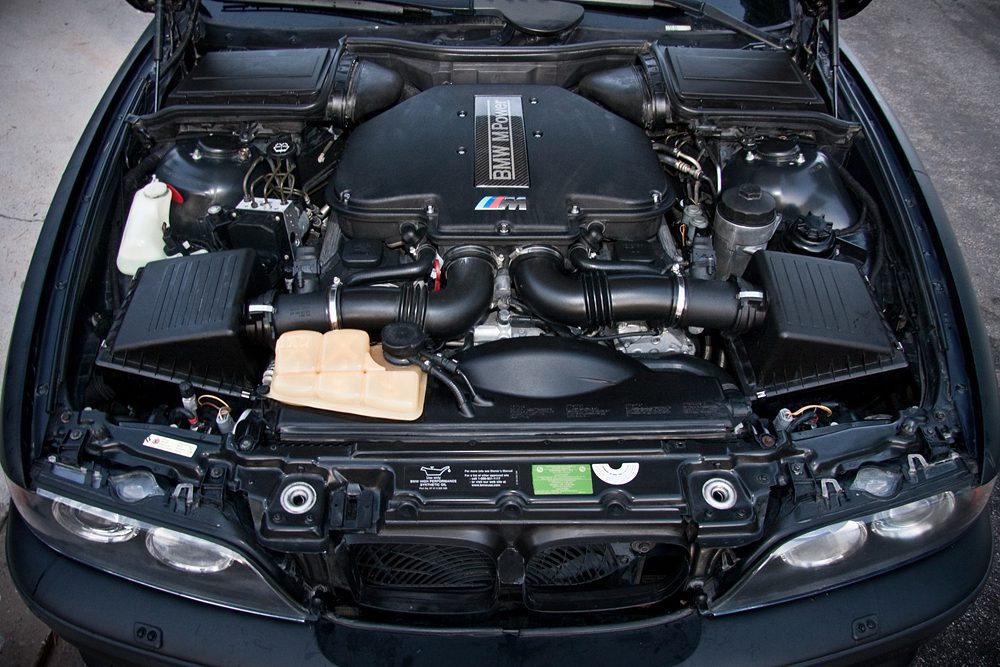Extensive Exam of the Mechanical Components of a Hatchback's Motor
Understanding the elaborate functions of a hatchback's motor is similar to unraveling an intricate puzzle where every item plays an essential role in the general performance of the vehicle. As we dig into the internal workings of these mechanical marvels, a much deeper appreciation for the symphony of parts that drive a hatchback ahead arises.
Pistons and Cylinders

The effectiveness and efficiency of a hatchback's engine rely greatly on the smooth operation of the pistons and cylinders. Routine maintenance and surveillance of these elements are important to make certain optimum engine efficiency and durability.
Camshafts and Crankshafts
Camshafts and crankshafts play critical functions in the operation of a hatchback's interior combustion engine, promoting exact timing and conversion of straight activity right into rotational power. The camshaft, situated within the engine block, regulates the opening and closing of the engine valves at particular intervals. As the camshaft turns, its lobes press against the valves, enabling air and gas into the combustion chamber and removing exhaust gases. This procedure synchronizes with the activity of the pistons to ensure optimal engine performance.
Any type of imbalance or malfunction in these parts can lead to engine efficiency problems and prospective damages. Normal upkeep and prompt substitutes are needed to make certain the smooth operation of these important engine elements in a hatchback.
Shutoffs and Timing Belts
Playing a vital function in the synchronization and procedure of a hatchback's internal burning engine, the valves and timing belts operate in conjunction with the crankshafts and camshafts to ensure optimum performance. Valves regulate the flow of air and fuel right into the combustion chamber while getting rid of exhaust gases. The timing belt, also called the camera belt, synchronizes the turning of the camshaft and crankshaft, guaranteeing that the valves open and close at the right times in connection to the piston setting. Proper timing is vital for the engine to function effectively and stop damage because of interference in between moving components.

Fuel Injectors and Ignition System
Gas injectors and trigger plugs are critical components in a hatchback's engine system, liable for the effective delivery of gas and ignition of the air-fuel mix. Fuel injectors play an important role in the combustion process by exactly splashing fuel right into the burning chamber at the appropriate moment and in the appropriate quantity. This regulated delivery makes sure optimum gas effectiveness and power outcome. Modern hatchbacks commonly make use of digital fuel injection systems that can change fuel distribution based upon different aspects such as engine speed, temperature level, and load.
Correctly functioning stimulate plugs are crucial for engine performance, fuel effectiveness, and discharges control. Normal assessment and maintenance of both fuel injectors and spark plugs are important to ensure the engine operates smoothly and efficiently.
Cooling System and Lubrication
Given the critical function of keeping ideal engine performance and effectiveness in a hatchback, the air conditioning system and lubrication devices are essential parts that guarantee correct operating and long life of the vehicle. The cooling system in a hatchback is liable for controling the engine temperature level to avoid getting too hot. It usually is composed of a radiator, water pump, thermostat, and cooling fan, collaborating to dissipate warmth generated during engine procedure. Appropriate lubrication is just as critical as it reduces friction in between relocating components, protecting against wear and tear. The lubrication system in a hatchback consists of the oil pump, oil filter, and various lubricating substances that reduce rubbing within the engine. Normal maintenance of the air conditioning system entails checking coolant levels, inspecting for leaks, and ensuring correct functioning of cooling down parts. Regular oil adjustments and making use of the recommended lubricants are vital for the lubrication system's effectiveness. With each other, the cooling system and lubrication devices play a vital role in maintaining the hatchback's engine running efficiently and successfully.
Conclusion

Pistons and cyndrical tubes are indispensable components within the like this interior combustion engine of a hatchback, responsible for converting gas right into mechanical energy. The camshaft, situated within the engine block, regulates the opening and closing of the engine valves at particular intervals.Playing a vital duty in the synchronization and operation of a hatchback's inner burning engine, the valves and timing belts work in combination with the camshafts and crankshafts to make certain optimum efficiency.Fuel injectors and trigger plugs are essential elements in a hatchback's engine system, liable for the efficient delivery of gas and ignition of the air-fuel mix. Modern hatchbacks frequently use digital fuel injection systems that can readjust gas distribution based on numerous aspects such as engine rate, temperature, and tons.
Comments on “Opel Corsa Engine: Whatever You Required to Know Before Acquiring”